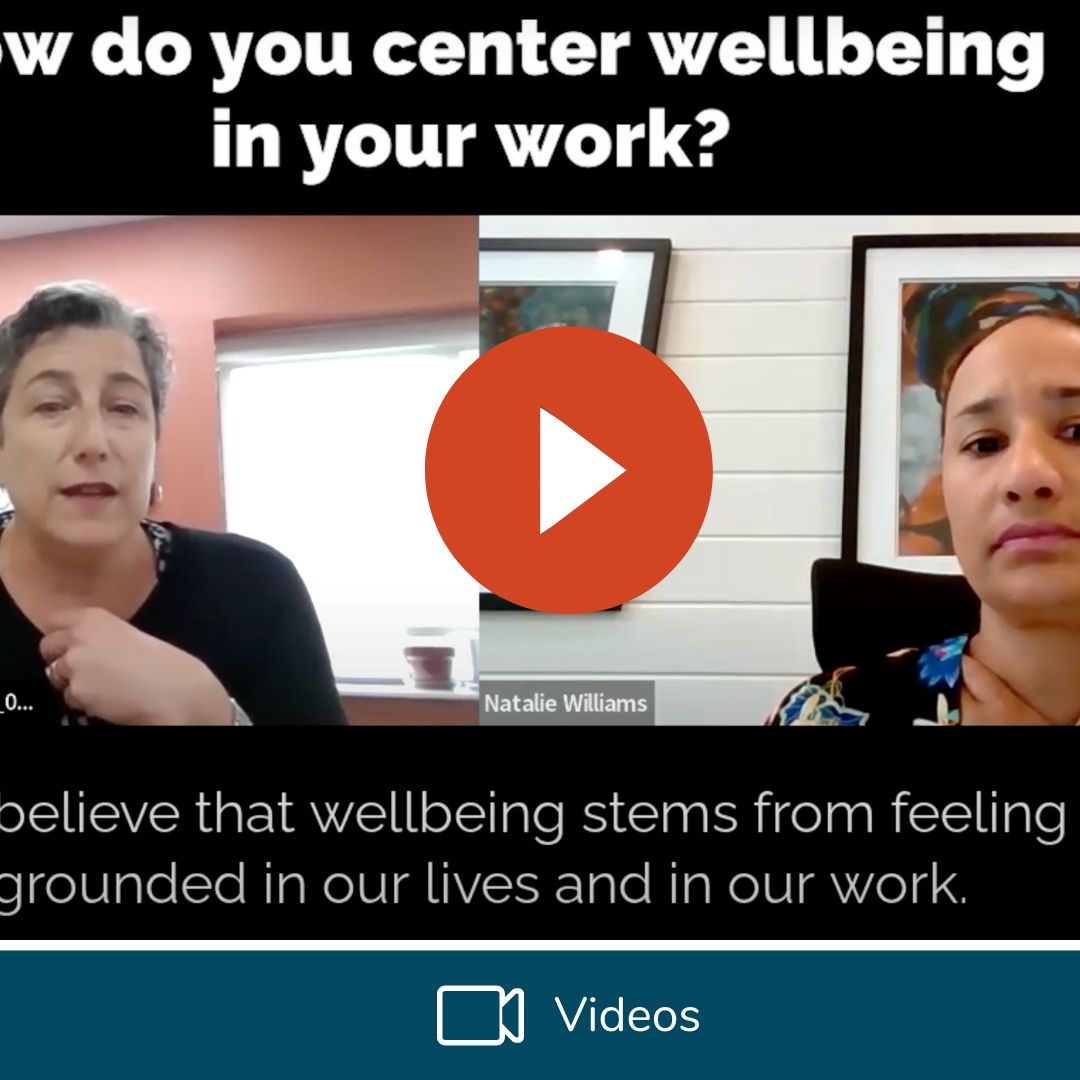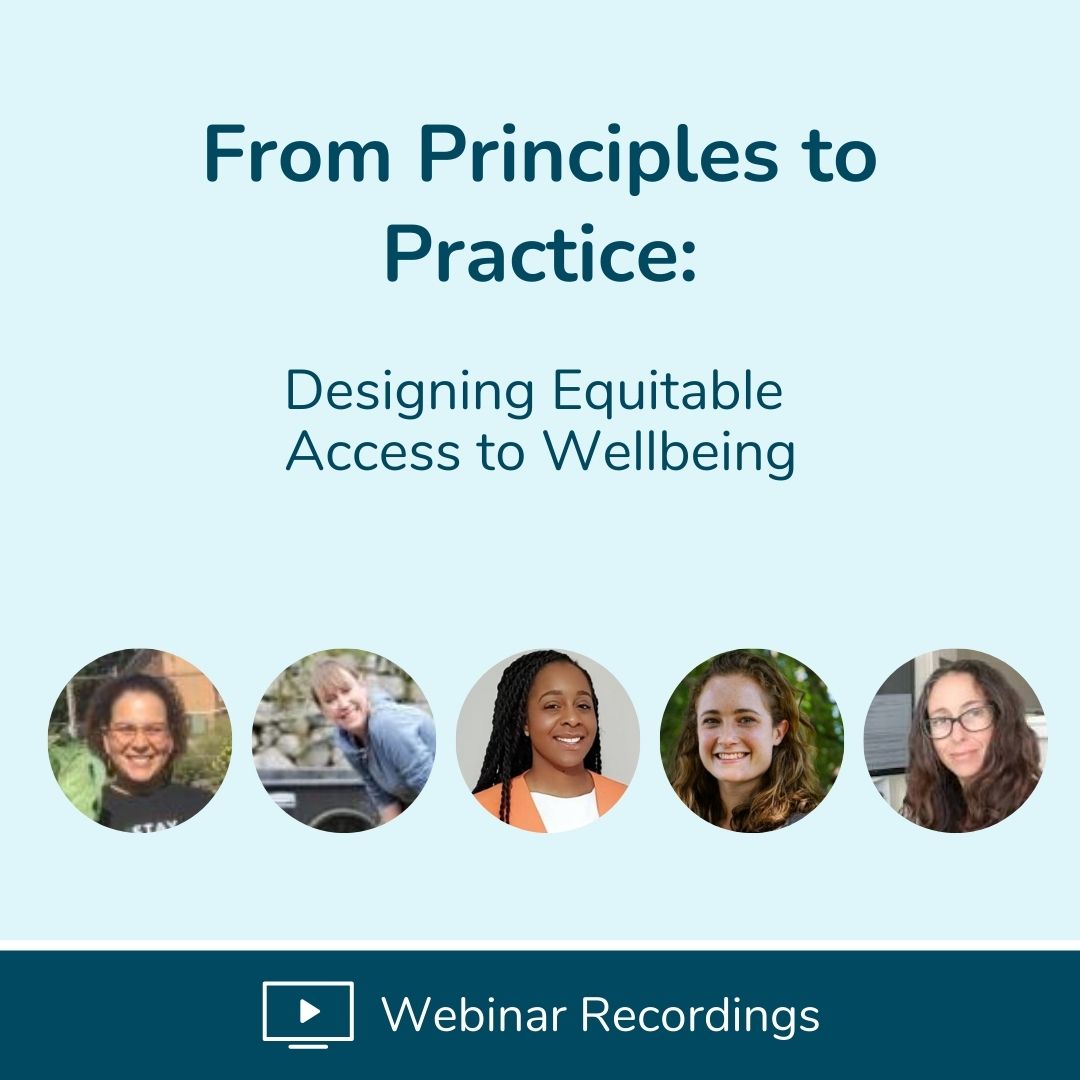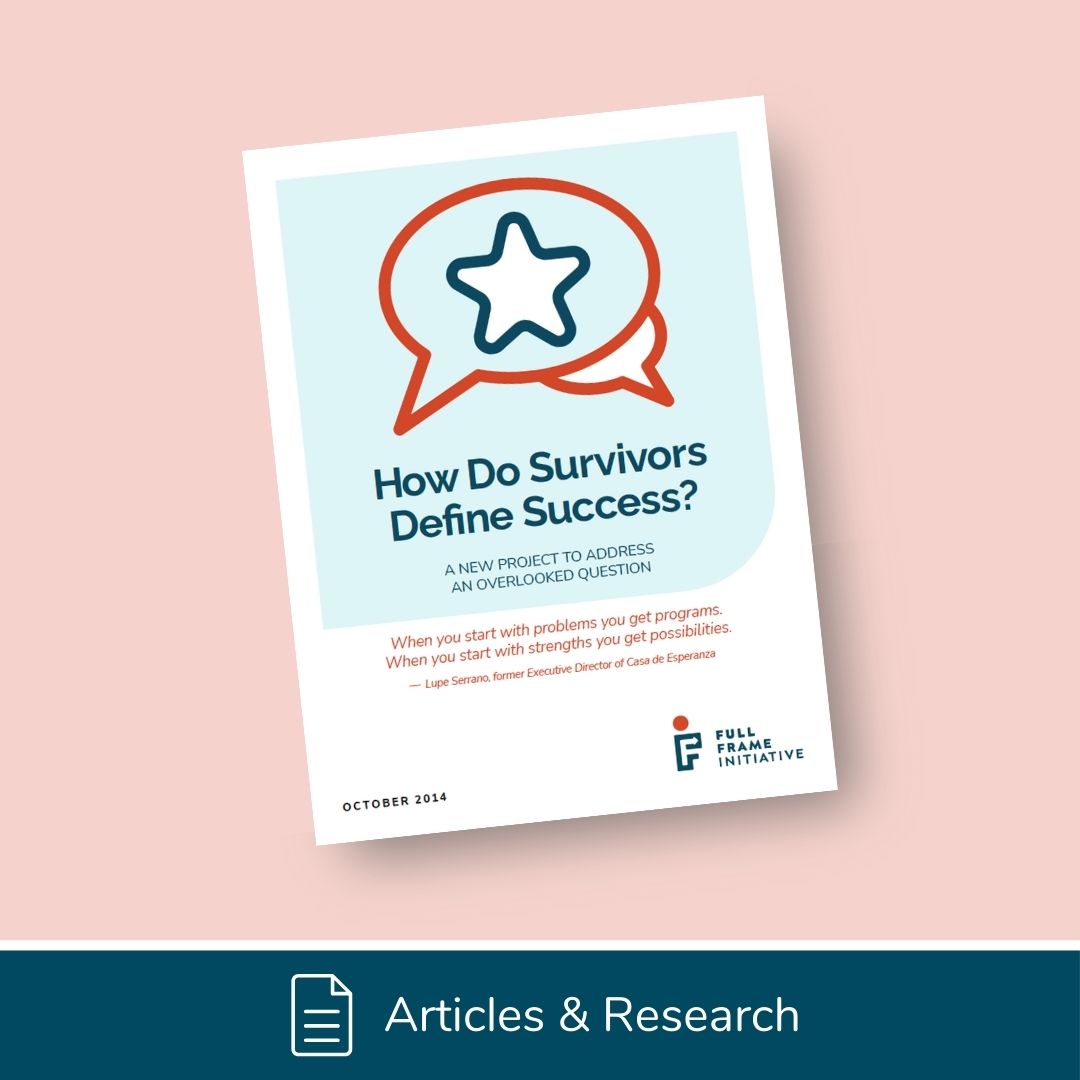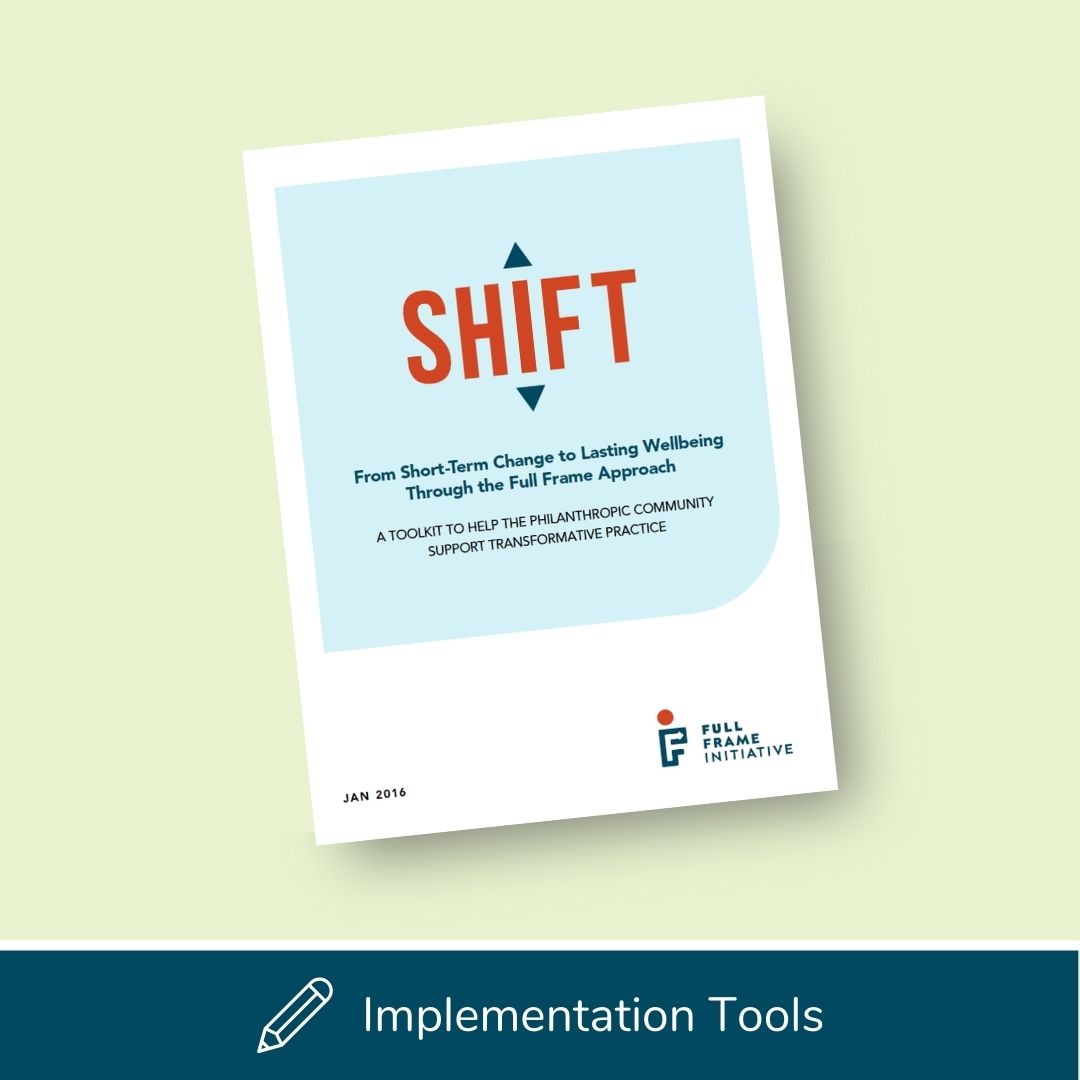Tell us about your organization and how you center wellbeing in your work.
REACH is a domestic violence organization in Waltham, Massachusetts, which is outside of Boston. We serve 27 cities and towns with our intervention, prevention, and advocacy services. Our programs include an emergency shelter, eight bedrooms in a confidential location. We have a robust community advocacy team working with survivors in multiple languages. And we also have a prevention team, so doing a lot of work in community, trying to educate, mobilize, engage around domestic violence.
When I think about how we center wellbeing in our work, I think about it on a couple of levels. Domestic violence is about an imbalance of power and it’s about control. One person intentionally using behaviors to control and shrink the world of their partner until all that’s left is that relationship. And the survivor, the target of the abuse, is forced into tradeoffs. Their wellbeing diminishes and suffers as a result.
Healthy relationships, on the other hand, support wellbeing. Partners celebrate each other’s accomplishments and connections. They respect boundaries and support each other in doing what they love. like being with friends and family, engaging with the world. And in a healthy relationship, people strive together to ensure that their needs are met. They protect one another from violence and shame, and their worlds can grow and expand both together and individually.
So we center wellbeing in everything that we do. In fact, when we redid our values a few years ago, we incorporated wellbeing into one of those values. We say we care for ourselves and one another. And that means we recognize that survivors, our staff, our volunteers are all more than any trauma we’ve experienced. We’re more than the job functions that we perform. We believe that wellbeing stems from feeling grounded in our lives and in our work. And so it’s promoting wellbeing that sustains us. And in order to do that, we have to pay a living wage. We have to provide growth opportunities. We have to offer work-life balance. We have to have benefits that enable people to find joy in their lives.
What are some ways our systems can change to better serve survivors?
I think it’s important to acknowledge that survivors of domestic violence are forced every day, every minute, to make difficult decisions. And I use the word “decisions” intentionally, not “choices.” Decisions that force them into tradeoffs among all of these factors that contribute to wellbeing.
Going into shelter might mean safety of a certain kind. and some access to resources, but it can also mean profound instability, shame, disconnection, and a loss of control. And a lot of systems don’t acknowledge that there are tradeoffs when you engage with services. We believe that the response to the isolation and brutality of abuse is not a rules-based program or shelter. It needs to be a response that recognizes the differing needs that people have and the impact of trauma in their life, the strengths that they bring with them. Our approach is relational: seeing the people, not the problems, and working in the gray, which can be tough. So I think our systems need to deepen their understanding of this and and make a commitment to acknowledge the tradeoffs that people are forced into. When systems see everyone as the same without seeing the distinct challenges and the different strengths of each person, it actually makes the situation more dangerous for survivors.
We believe that survivors are extremely skilled and knowledgeable about their own lives. And that is how they stay alive. So when systems disrespect that mastery that someone has in such a difficult situation, they’re actually diminishing wellbeing for someone who’s trying really hard to maintain their wellbeing and managing the tradeoffs all the time.
What’s one thing anyone can do to support survivors?
Listen and believe. That’s two things I know, but they go hand in hand. A lot of times, we talk about the services we provide and we describe safety planning or we might talk about what court accompaniment looks like or what’s involved with advocacy, helping with benefits, with immigration, or working with your children’s schools. These are all services, but really the most powerful tool that our advocates have is to listen without judgment, and to believe the survivors that we work with.
We all have a role to play in promoting healthy relationships. We hear these painful and tragic reports of domestic violence on the news, and those awful outcomes are built on a foundation of power over and dehumanization that’s happening every moment of every day. At the base of the pyramid of abuse are actions like racist or sexist jokes, catcalling, coercion, marginalization. These are the ways that we belittle and dehumanize people based on identity and that feeds the abusive values. And while that may sound really distant from what happens behind closed doors, it’s what shapes the behaviors that lead to those most heinous outcomes. So listening and believing and accountability around behavior are things that any of us can do.
Learn More



